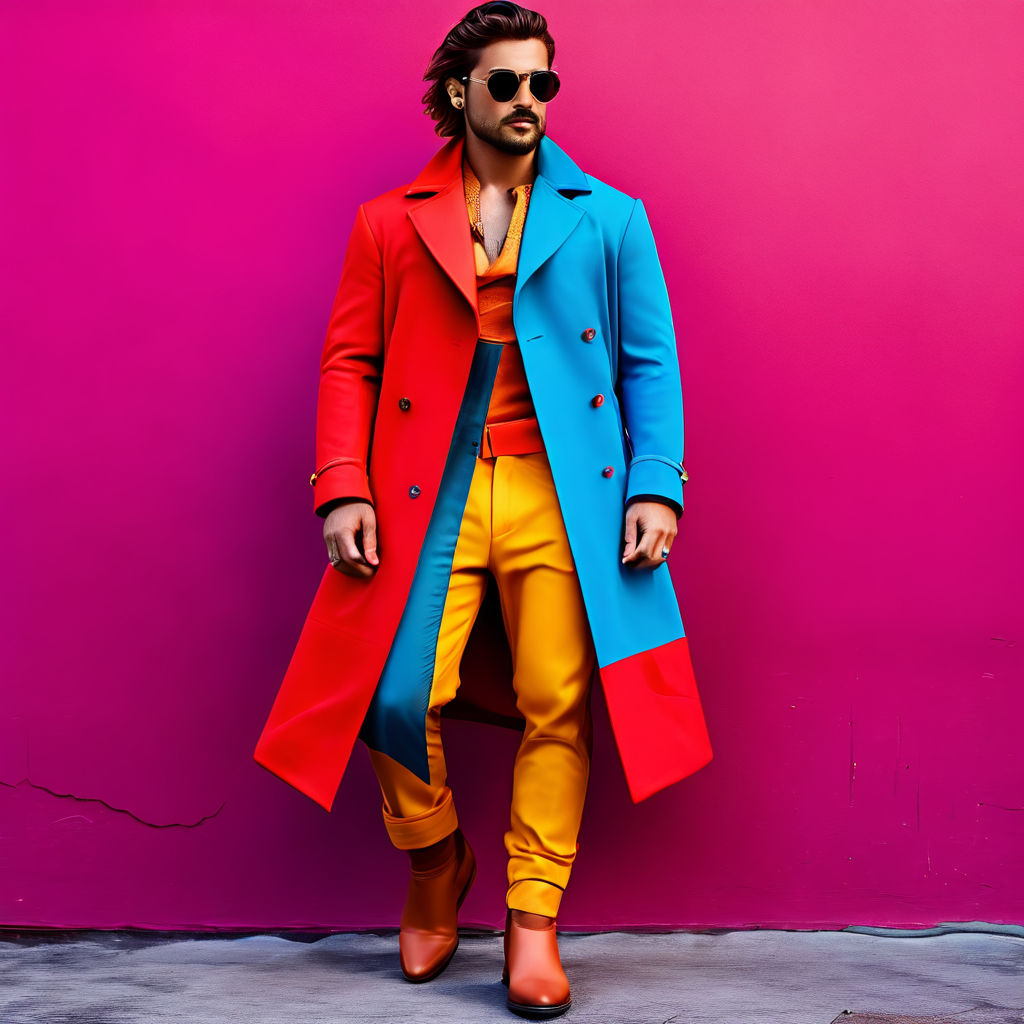Fashion is more than just clothing; it’s a form of self-expression, cultural identity, and social phenomenon that shapes our perceptions and behaviors in profound ways. From the runways of Paris to the streets of Tokyo, the psychology of fashion transcends geographical boundaries, influencing individuals‘ attitudes towards clothing and style. In this article, we delve into the complexities of fashion psychology, exploring why some people are fashion addicts while others remain indifferent, and examining the diverse fashion cultures across the globe.
The Allure of Fashion Addiction:
For some, fashion is an irresistible obsession—a passion that transcends mere clothing and becomes a way of life. But what drives this addiction to fashion? Psychologists suggest that several factors contribute to this phenomenon:
Identity Expression: Clothing serves as a vehicle for self-expression, allowing individuals to convey their personality, values, and aspirations to the world. For fashion addicts, the act of dressing becomes a form of identity exploration and experimentation, offering a sense of empowerment and validation.
Social Influence: The pervasive influence of social media, celebrity culture, and peer pressure plays a significant role in fueling fashion addiction. Constant exposure to curated images of stylish influencers and celebrities fosters a desire for emulation and validation, driving individuals to seek out the latest trends and designer labels.
Emotional Fulfillment: Fashion addicts often derive emotional fulfillment from shopping and styling outfits, experiencing a sense of pleasure and satisfaction akin to a dopamine rush. The act of acquiring new clothing items provides a temporary escape from stress and boredom, offering a momentary sense of excitement and gratification.
Status Symbolism: In many societies, clothing serves as a status symbol, signaling social status, wealth, and prestige. For fashion addicts, owning luxury designer pieces or coveted streetwear brands becomes a means of flaunting their social capital and asserting their place within their social circles.
Fashion Cultures Around the World:
Fashion is a global language, spoken in diverse dialects that reflect the unique cultural identities and values of different societies. Here’s a glimpse into the rich tapestry of fashion cultures across the globe:
Western Fashion Capitals: Cities like Paris, Milan, London, and New York are renowned for their influence on global fashion trends. Western fashion culture is characterized by a blend of creativity, innovation, and commercialism, with luxury brands and high-end fashion houses dominating the industry.
Asian Fashion Trends: Asia has emerged as a powerhouse in the fashion world, with cities like Tokyo, Seoul, and Shanghai at the forefront of innovation and creativity. Asian fashion culture is characterized by a fusion of traditional aesthetics and contemporary trends, with a strong emphasis on youth culture, streetwear, and digital influence.
Middle Eastern Elegance: The Middle East boasts a rich heritage of intricate craftsmanship and opulent style. Fashion in the region is characterized by a love for luxurious fabrics, embellishments, and modest yet elegant silhouettes, reflecting cultural values of tradition, modesty, and sophistication.
African Fashion Renaissance: Africa is experiencing a fashion renaissance, with designers from countries like Nigeria, South Africa, and Ghana gaining international acclaim for their vibrant, eclectic designs. African fashion culture celebrates diversity, heritage, and self-expression, drawing inspiration from traditional textiles, patterns, and motifs.
Conclusion:
The psychology of fashion is a complex interplay of identity, social influence, and cultural dynamics, shaping our attitudes towards clothing and style in profound ways. While some individuals are driven by a relentless pursuit of trends and validation, others find solace and self-expression in the act of dressing. Across the globe, diverse fashion cultures offer a kaleidoscopic tapestry of creativity, tradition, and innovation, reflecting the unique identities and values of different societies. Ultimately, fashion is not just about what we wear; it’s about how we express ourselves and connect with the world around us.


